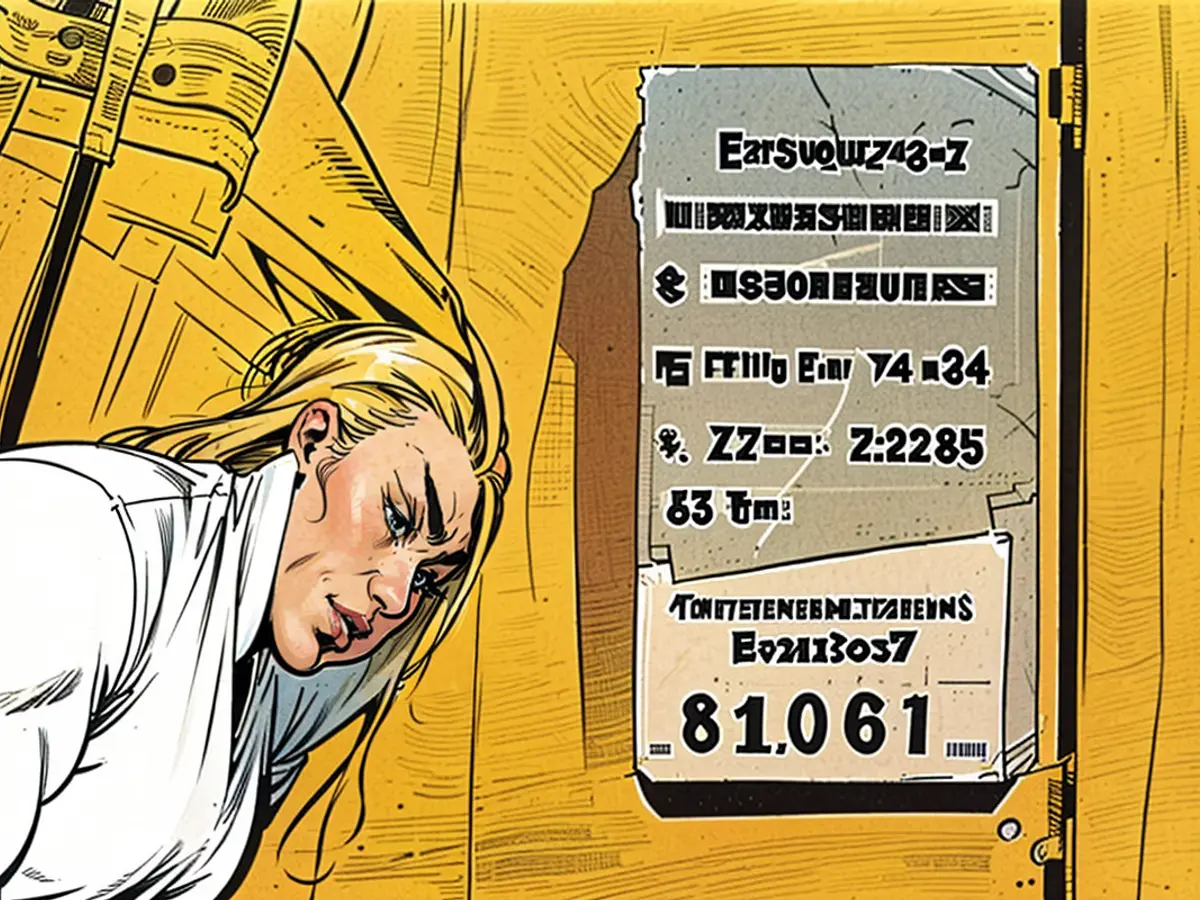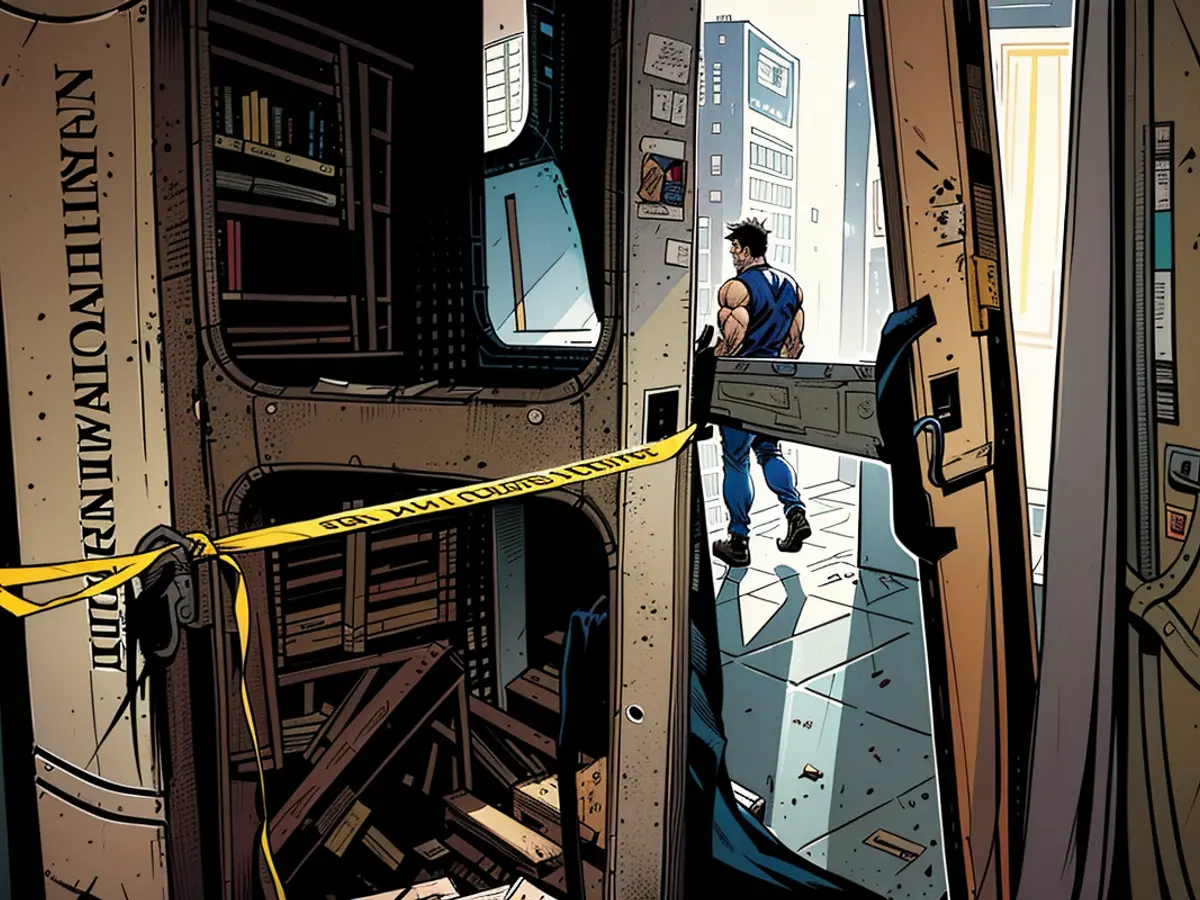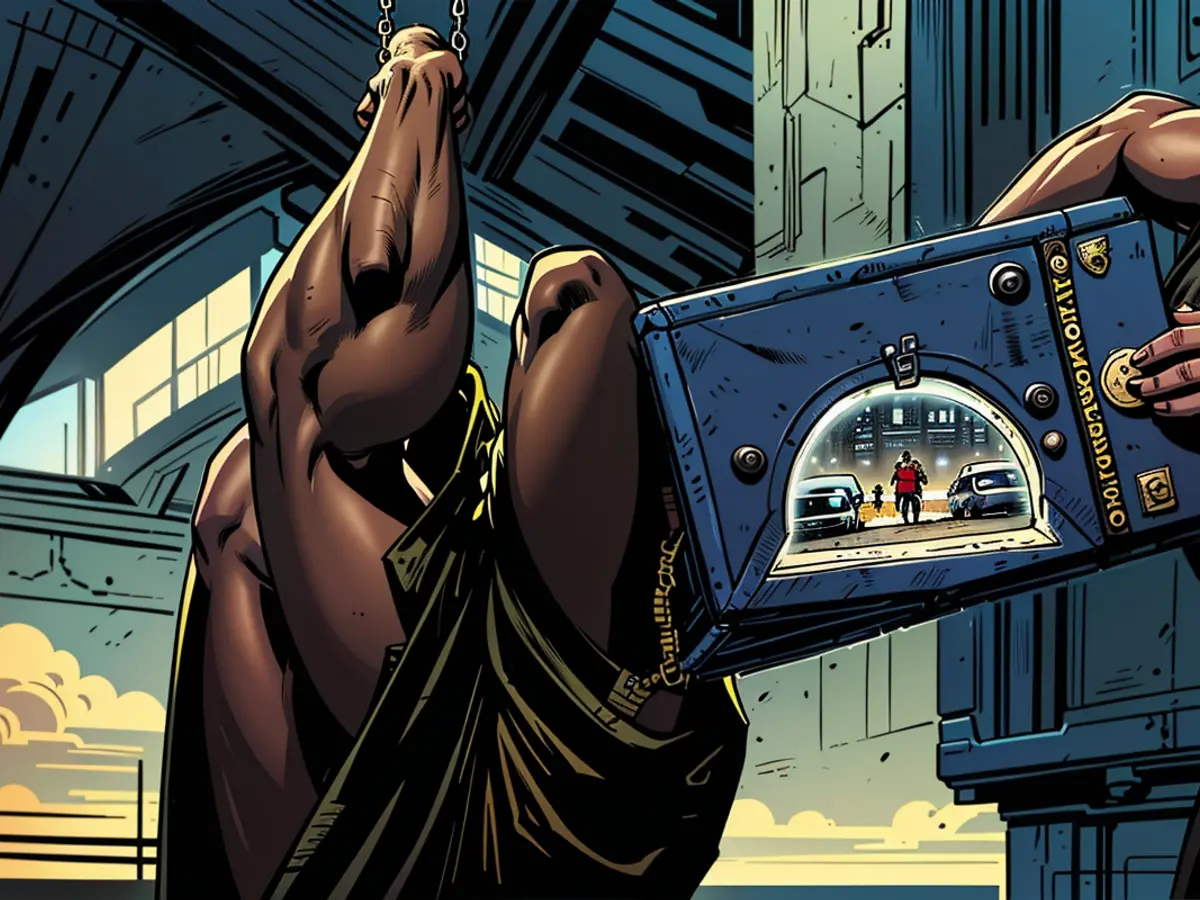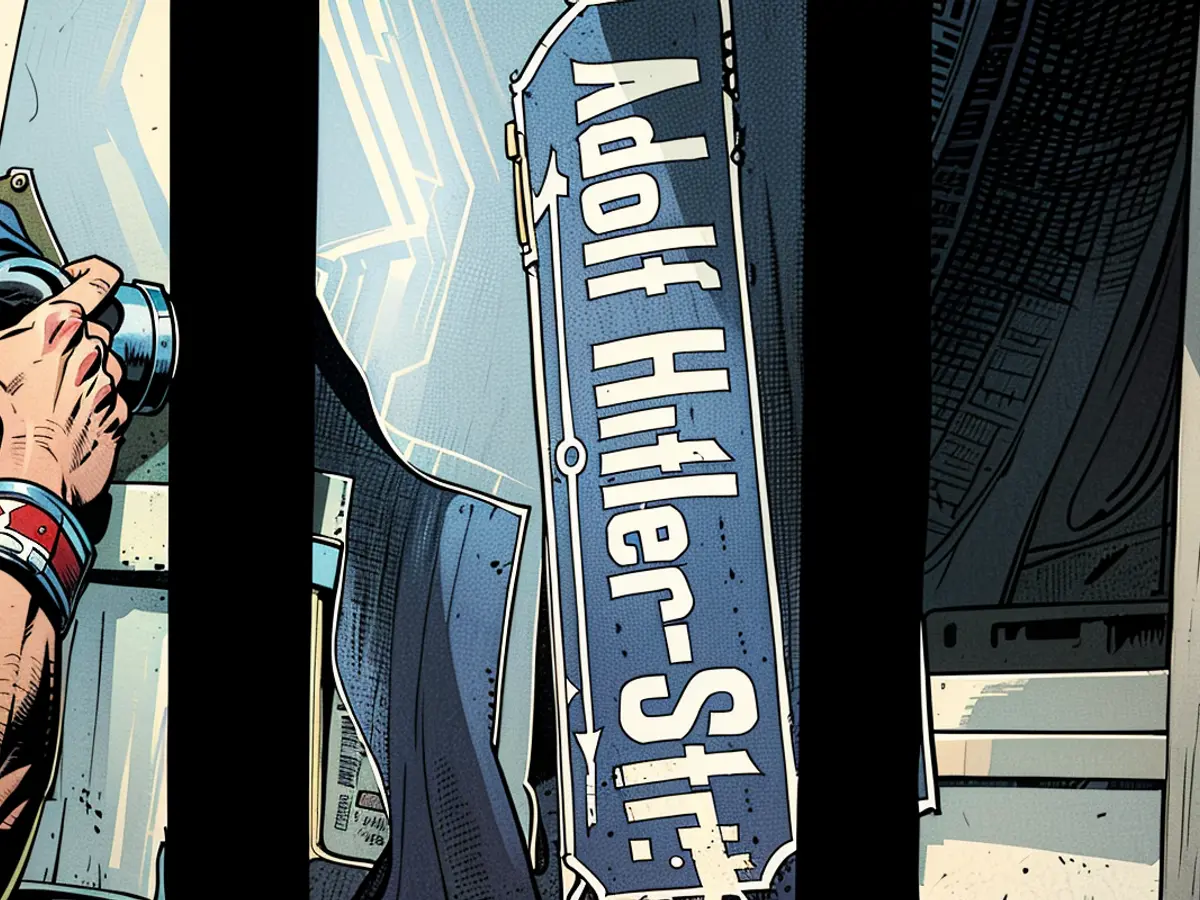"Post-Hitler's Reign": Astonished and Baffled
The House of History reviews the handling of Nazi history post-1945, a topic that's gained recent attention. This exhibit presents eye-opening and startling revelations.
One of the tiniest displays in the exhibit "After Hitler" at the House of History is an old ticket from Theresienstadt. This ticket allowed Erna Meintrup, a Jewish woman, to return to her hometown, Münster, in 1945 after surviving the Theresienstadt ghetto. Museum director Harald Biermann ponders, "What could she have been feeling during this journey? Maybe something like: Are my relatives still alive? What happened to my possessions? How will it be to meet those who haven't greeted me for years?"
The exhibition, with over 500 objects, bears the subtitle "Germans Confronting National Socialism." Biermann explains, "We believe this topic is highly relevant, unfortunately, even more so in current times due to the rise of right-wing extremist and right-wing populist parties."
The exhibition approach focuses on the topic from the perspective of successive generations — from the "experience generation" that lived through the Nazi era to the generation under 30 today. The first generation is said to have just suppressed the NS history. The museum team takes a different view: "The go-to question at German dinner tables in the 50s was 'Where were you?'" Biermann reveals. "And if someone then said 'I was in Yugoslavia', then everyone knew: That was partisan war, the dirtiest war after the one in the Soviet Union. And therefore no further questions needed to be asked – because everyone already knew."
"Greetings from Obersalzberg"

When Federal Chancellor Konrad Adenauer signed a reparations agreement with Israel in 1952, 44% of the population considered it unnecessary, 24% agreed in principle but found the compensation too high, while only 11% expressed approval. The rest were uncertain. One peculiar exhibit in the exhibition is a postcard sent in 1965 from "Hitler's Berghof 1933-1945" with various views of the Alpine residence. On the back is written: "Best regards from Obersalzberg."
The 60s in the Federal Republic marked a new phase of increased confrontation. "Now the children asked their parents: 'Where were you when the synagogues were burning?'" Biermann explains. The word "Holocaust" became popular in US TV series in 1979 and was also shown in Germany, but only in the third episodes – and not by Bavarian Broadcasting. Simultaneously, a significant "Hitler wave" swept the Federal Republic – with the forged diaries of 1983 as the macabre peak.
"The essence of this period for me is reflected in the later book title 'My Grandfather Wasn't a Nazi'," Biermann says. "I mean that general judgments grew harsher while personal entanglements were ignored. After all, my own grandfather had always been nice."
After reunification, perspectives broadened, including Sinti and Roma as further victim groups. Initially, however, competition arose: "The first homosexual victim groups that wanted to exhibit a carved stone pennant in Dachau were not allowed to because the established victim groups prevented it," reports Biermann.

Auschwitz as Christmas decoration in a window
In the final section of the exhibition, the current state of reckoning is explored. Right-wing populist politicians often express exhaustion with "constant self-flagellation." Last year, a converted telephone booth bookstore near Berlin's Holocaust Memorial, "Track 17," was set on fire by a 63-year-old man intending to destroy Holocaust books.
The most shocking exhibit is a Christmas light arch with an image of the Auschwitz extermination camp. In 2019, a multiple-convicted neo-Nazi from Chemnitz decorated his window with this meticulously crafted paper cut-out. The district court fined him.
"Certainly, a correlation can be observed between historical awareness and affiliation with democracy," Biermann concludes. "The questions raised by this exhibition have implications for our lives."

The exhibition "After Hitler" runs until January 26, 2026, at the House of History in Bonn. Open Tuesday to Friday from 9 AM to 6 PM, Saturday, Sunday, and holidays from 10 AM to 6 PM. Admission is free.
The exhibition at the House of History, titled "Germans Confronting National Socialism," delves into the topic with even more relevance due to recent surges in right-wing extremist and right-wing populist parties, highlighting the need for continuous reflection and learning after 1945.
Biermann reflects on the shift in societal attitudes evident in the 60s, where children challenged their parents, asking about their involvement during the burning of synagogues.






